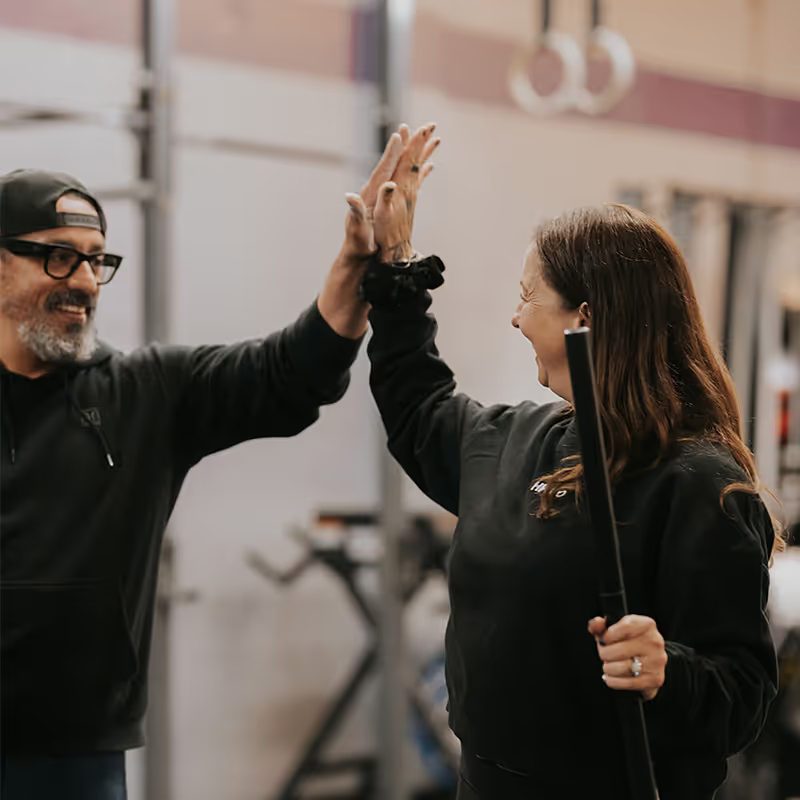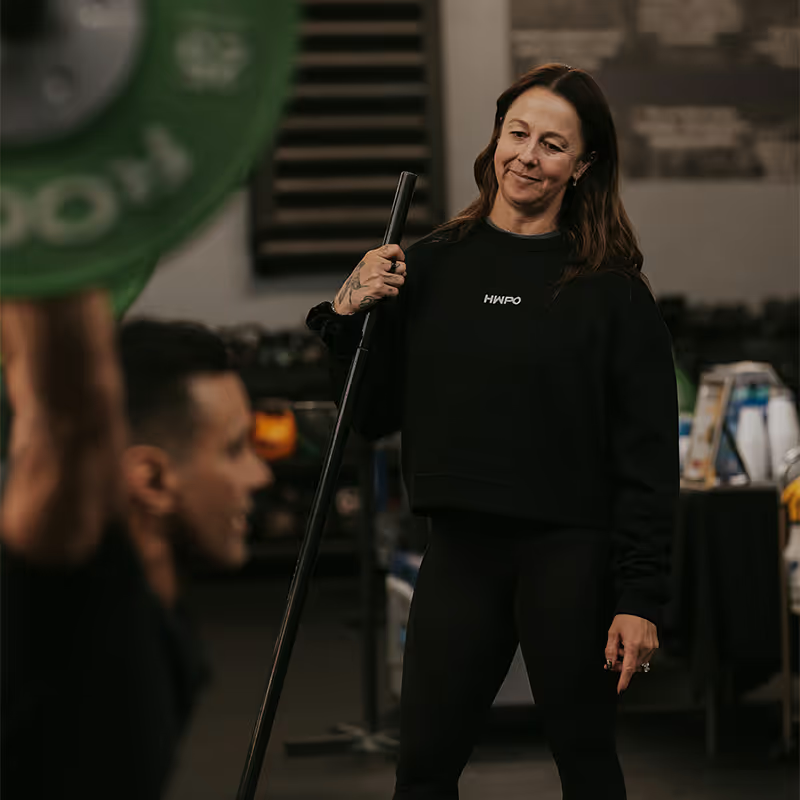The purpose behind assistance exercises in Olympic weightlifting
This blog explores the role of assistance exercises in Olympic Weightlifting, highlighting how they improve strength, technique, and recovery while preventing injuries. Learn why these exercises are essential for enhancing snatch and clean and jerk performance.
Jan 29, 2025
The purpose behind assistance exercises in Olympic weightlifting
In Olympic Weightlifting, assistance exercises are used in training to specifically target weaknesses in strength and technique in the Snatch and Clean and Jerk. While it is true that you need to have consistent exposure to snatching and clean and jerking in order to get better at those main lifts, you also need to focus on particular muscle groups, specific parts of the movement, and building consistency and positional strength so that you can continue to improve the main lifts. Focusing on solely training the main lifts at higher percentages, or only going into the gym to “go heavy” is not the ideal way to improve your main lifts.
I like to use this analogy: If you look at building a house, you have to lay a solid foundation first. Assistance exercises serve as that foundation. The stronger your foundation, the stronger the house. As you become stronger, more efficient, more confident, and more consistent, you get better at the snatch and clean and jerk, and assistance exercises help you do so.
I often point out to my athletes that in training we have to focus on the little things every time we touch the barbell. Focusing on the little things is being intentional in our movement and purposeful in these assistance exercises, and what allows us to build that foundation BRICK BY BRICK. Along with helping you get better at snatches and clean and jerks, assistance exercises have several important jobs to do:
Addressing specific weaknesses
Assistance exercises aid in providing specific concentration towards an athlete’s weakness. This can include things such as positional strength in certain parts of the movement (e.g. the pull off the floor), overhead stability, control of the barbell in the turnover, mobility, balance and stability.
Targeting specific muscle groups
Assistance exercises are often used to strengthen certain parts of the body that are essential to performing the Olympic lifts, such as the erectors and QLs (quadratus lumborum), traps, lats, and rhomboids (i.e. the “upper back”) quads, hips, glutes, shoulders and core!
Technical improvement and refinement
Assistance exercises can help build the positional strength and the consistency needed to make changes to technique by isolating and focusing on certain parts of the main lifts.
Injury prevention
Assistance exercises are often used to keep the athlete’s body healthy by correcting and strengthening imbalances, building strength in the muscles surrounding your joints to support and protect them, improving mobility, and creating consistency and efficiency in movement. Getting variety in your training also helps avoid repetitive stress injuries.
Confidence and consistency
Assistance exercises can help build confidence in the athlete as they get stronger and learn how to move better, which then helps the athlete become more consistent. When the athlete becomes more consistent, they often gain confidence, which then helps them become even more consistent. This becomes a virtuous circle—the confidence and consistency reinforce each other, leading to a continuous cycle of improvement.
What are assistance exercises?
Assistance exercises are the “other stuff” you see in an Olympic lifting program that are progressed and focused on, other than the main lifts—snatch and clean and jerk. There are many assistance exercises that are useful and effective, depending on the individual’s specific needs. They also can change depending on the training cycle, what is being addressed during that cycle, and what the athlete needs to focus on. Here are some of my favorite assistance exercises for the snatch, clean, and jerk:
Examples for assistance exercises for the SNATCH:
- Muscle snatch, tall snatch, dip snatch, hang snatch, power snatch, snatch balance, overhead squat, snatch pull or snatch deadlift, and Snatch focused complexes that address the athlete’s specific weakness.
Examples for assistance exercises for the CLEAN:
- Muscle clean, tall clean, clean from power position, power clean, hang clean, clean pull or clean deadlift, front squat, and clean focused complexes that address the athlete’s specific weakness.
Examples for assistance exercises for the JERK:
- Push press, strict press, power jerk, variations behind the neck, jerk supports and jerk recoveries, jerk balances, push jerk in split, strict press in split, overhead carries, jerk dip.
Hopefully this was helpful, and remember not to skip your accessory work!



Improve Your Olympic Weightlifting
Join Coach Aimee in HWPO LIFT and start building a foundation today that will PAY OFF tomorrow.






